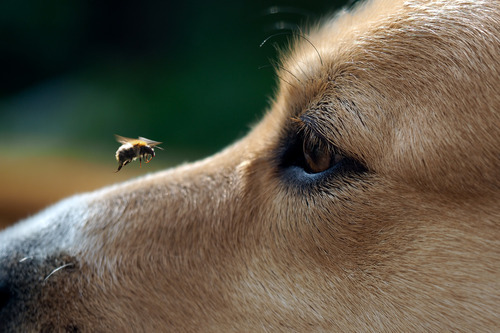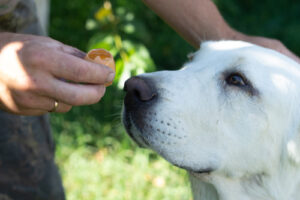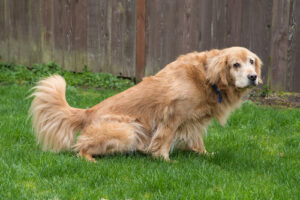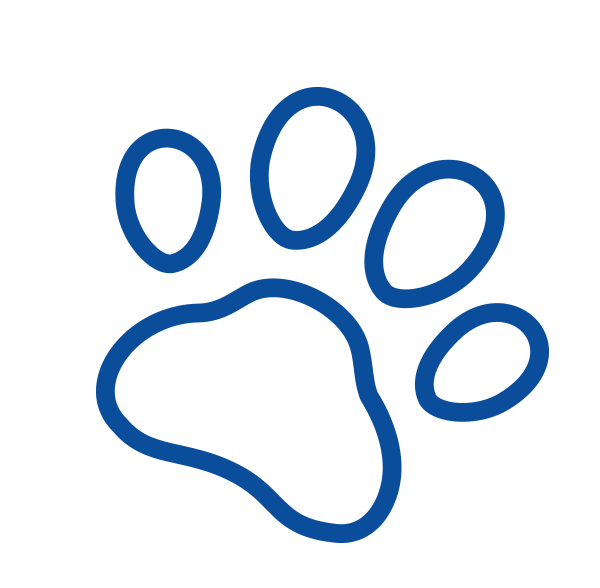Discovering that your dog ate a bee can be alarming for any pet owner. Immediate concerns about potential allergic reactions or other complications may arise. While this situation can understandably cause worry, knowing the appropriate steps to take can make all the difference. This article provides an overview of what symptoms to watch for and how to respond if your dog encounters this common yet unsettling situation. For any concerns or observable symptoms, please contact Loveland Regional Animal Hospital at (513) 697-9796.
Recognizing the Symptoms
After your dog ate a bee, the first few minutes are critical in determining how they’re affected. Common signs include:
- Pawing at the face or mouth
- Drooling
- Showing signs of distress such as whining or pacing
These behaviors indicate discomfort typically caused by the sting.
Signs of Allergic Reaction
Some dogs might have more severe reactions, such as swelling around the mouth or throat, difficulty breathing, or a significant increase in heart rate. These symptoms can develop rapidly and are signs of an allergic reaction that requires immediate veterinary attention.
Monitoring Your Dog
Keep a close eye on your dog for at least 24-48 hours after the incident. Monitor their breathing and note any changes in behavior or appetite. It’s essential to ensure they have a quiet place to rest as they recover.
When to Call the Vet
If you observe any symptoms of an allergic reaction or if your dog appears unusually uncomfortable, it’s important to call Loveland Regional Animal Hospital immediately. Even if the symptoms seem mild, it’s better to consult with a veterinarian to avoid complications.
Preventing Future Incidents
Training your dog to avoid bees can be challenging, but you can reduce risk by using these tips:
- Keep your dog on a leash during walks
- Closely monitor them in environments where bees are common
- Ensure your yard and play areas are free from excessive flowers or plants that attract bees, and regularly checking these areas
Protecting Your Pet From Bees
While a dog eating a bee can be a scary event, understanding the signs of distress and knowing when to seek veterinary help are crucial. Keep your pet’s environment as bee-free as possible and always stay vigilant during outdoor activities. Should you have any immediate concerns or questions about your dog’s health after they have ingested a bee, call Loveland Regional Animal Hospital at (513) 697-9796 for advice and assistance.





